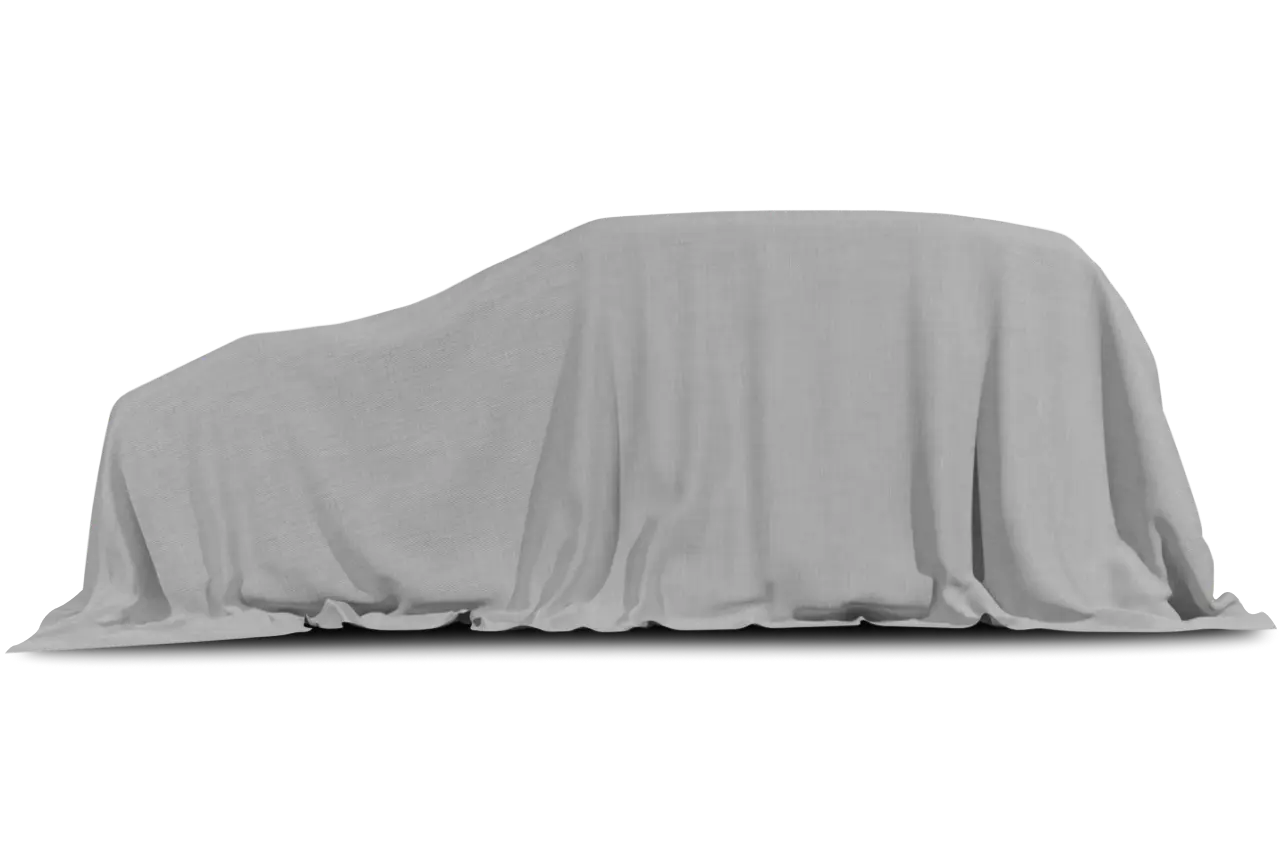
Vehicle Overview
Mazda is the automaker most responsible for the sports-car revolution of the 1990s, and the Miata continues to provide driving entertainment at a moderate price. For 2003, Mazdas rear-wheel-drive two-seat sports car gains newly standard P205/45WR16 tires on aluminum wheels. A new performance package is available for serious racing, but the automaker plans to produce only 50 of these models.
Base and LS editions remain available, and a six-speed-manual transmission may be installed. Miatas could be facing a significant reworking in 2004.
At the Chicago Auto Show in February 2002, Mazda introduced two limited-production Miatas, the Shinsen and Special Edition. The Shinsen edition (which translates to new and fresh) features Titanium Gray Metallic paint, a dark blue cloth top and matching cloth bucket seats. A Convenience Package that offers tweeter speakers, power door locks, cruise control and remote keyless entry is included. Based on the Miata LS, Mazda’s Special Edition is painted Strato Blue Mica with a gray top and is equipped with gray leather-trimmed seats, a six-speed gearbox, a chrome fuel door and unique 16-inch alloy wheels. Both the Shinsen and Special Edition went on sale in February 2003.
Exterior
Loosely patterned after an older British Lotus Elan two-seater, the Miata body still exhibits an amalgamation of curves that are offset by few straight lines. The manual-folding fabric top has a glass back window with a defogger. The back window can be raised or lowered from the drivers seat without undue twisting. A wind-blocker panel is included. A $1,500 detachable hardtop and a $295 rear spoiler are optional.
The fully independent suspension includes double wishbones, coil springs and stabilizer bars. Separate suspension packages with Bilstein shock absorbers are available for each model.
Interior
Cloth-upholstered bucket seats hold both occupants. Because its only 4 feet tall to the top of the roof, occupants have to drop down into their snug-fitting seats. The driver faces a simple dashboard, with all of the controls and gauges within easy reach.
Standard equipment includes air conditioning, power windows and mirrors, intermittent wipers, a CD player, power antenna, tachometer, digital clock and theft-deterrent system. The LS version adds leather seating surfaces, cruise control, power door locks, a Torsen limited-slip differential, remote keyless entry and a 200-watt Bose CD stereo system with four speakers.
Under the Hood
All models carry Mazdas 1.8-liter dual-overhead-cam four-cylinder engine with variable valve timing. It develops 142 horsepower and teams with a standard five-speed-manual transmission or an optional four-speed automatic. A six-speed manual is optional on the Miata LS.
Safety
Side-impact airbags are not available, but antilock brakes are optional on the Miata LS. Dual second-generation front airbags include a key-operated deactivation switch for the passenger side. Miatas have seat belt pretensioners and force limiters.
Driving Impressions
Created for fun, the Miata is just as enjoyable to drive today as it was more than a decade ago. The ride can be a bit stiff, which causes the roadster to bounce a bit when traversing rougher pavement, but nothing seems to detract from the enriching sports-car experience. Engine noise is noticeable and performance lags behind some rivals, but the traditional-looking Miata still ranks as the one to beat.
Although the snappy-shifting manual gearbox and positive clutch behavior add to the driving pleasure, even a good thing can become tedious in heavy traffic. This roadster is snug inside, and getting into the seat may be a bit of an ordeal if the top is up.






















